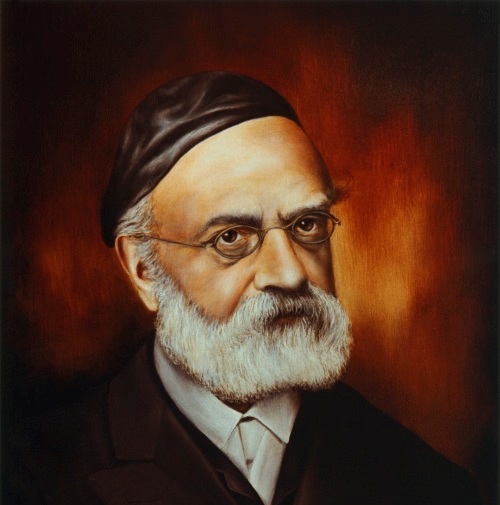
Throughout the long years of wandering in the Midbar, the women of klal Yisrael never lost faith in Hashem the way the men did, so they were not included in the decree of death in the wilderness. Mothers and grandmothers entered Eretz Yisrael with the new generation, bringing with them firsthand memories of Egypt and Hashem’s guidance in the Midbar. The spirit of these Jewish women is a credit to Miriam, who set for them a shining example.
The perek which describes the deaths of Miriam and Aharon comes right after Para Aduma, which teaches the Jewish view of death. It declares that what made Miriam Miriam did not die when she died; she left her body behind and returned to Hashem, the Source of all life. Only a spiritually blind person would confuse a tzaddik with an inert body already beginning to decay. How can one identify a corpse with someone who, minutes before, had thought and will, spiritual strength and moral power? A tzaddik’s death is like a man leaving the room, leaving his coat behind.
But note the difference between this perek and Moshe’s petirah. When Moshe dies, it says, “Vayivku bnei Yisrael es Moshe.” Here, after the death of Aharon, “kol beis Yisrael” mourned him. Aharon loved peace and pursued it, so the magnitude of his loss was felt by all. In contrast, Moshe’s power, uncomfortable to some people, was truth and justice.
A few days earlier, the people had complained about Aharon, but now they all mourned him. This reaction teaches us that all their rebellions were merely temporary. In their normal state, the people knew and appreciated their great leaders. They had three leaders to thank for the three miracles that provided for them in the Midbar: the be’er, in the zechus of Miriam, ananim, in the zechus of Aharon, and the man, in the zechus of Moshe.
The navi Micha defines our mission: “Ki im asos mishpat, v’ahavas chesed, v’hatzneia leches im Elokecha.” These three elements also characterize the work of our leaders: “asos mishpat,” justice, was the primary mission of Moshe; “ahavas chesed,” love of love, compassion, sacrifice for others, characterized Aharon; and “hatzneia leches,” unpretentiousness, modesty, moral purity—traits of Jewish womanhood—were fostered by Miriam.
The three gifts that promoted the people’s physical wellbeing correspond neatly to the spiritual gifts fostered by the three leaders. Tznius is the quiet, hidden spring from whose depths all holiness flows; chesed is the protective cloud; and justice is the bread on which all human life depends.
Have a wonderful Shabbos,
Moshe Pogrow, Director, Ani Maamin Foundation
To be added to email list or to sponsor a week, please email [email protected]
Please note: The “Gem of the Week,” is based on excerpts from Rav Shamshon Raphael Hirsch zt”l’s commentary on Chumash, with permission from the publisher.
{Matzav.com}











